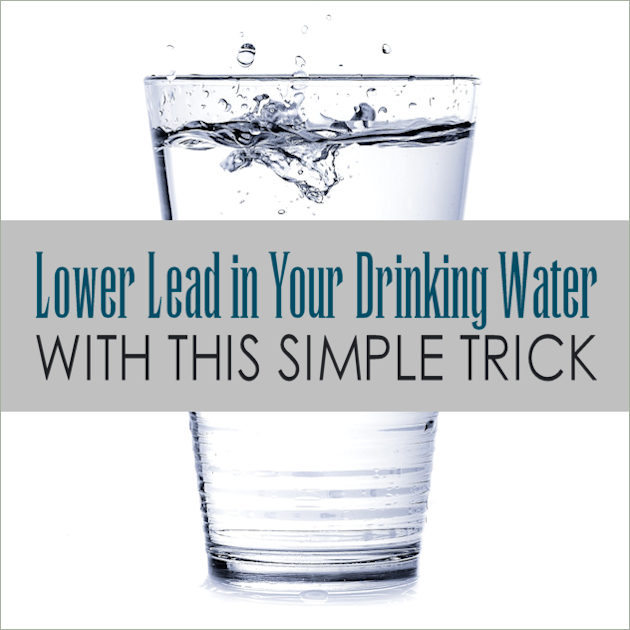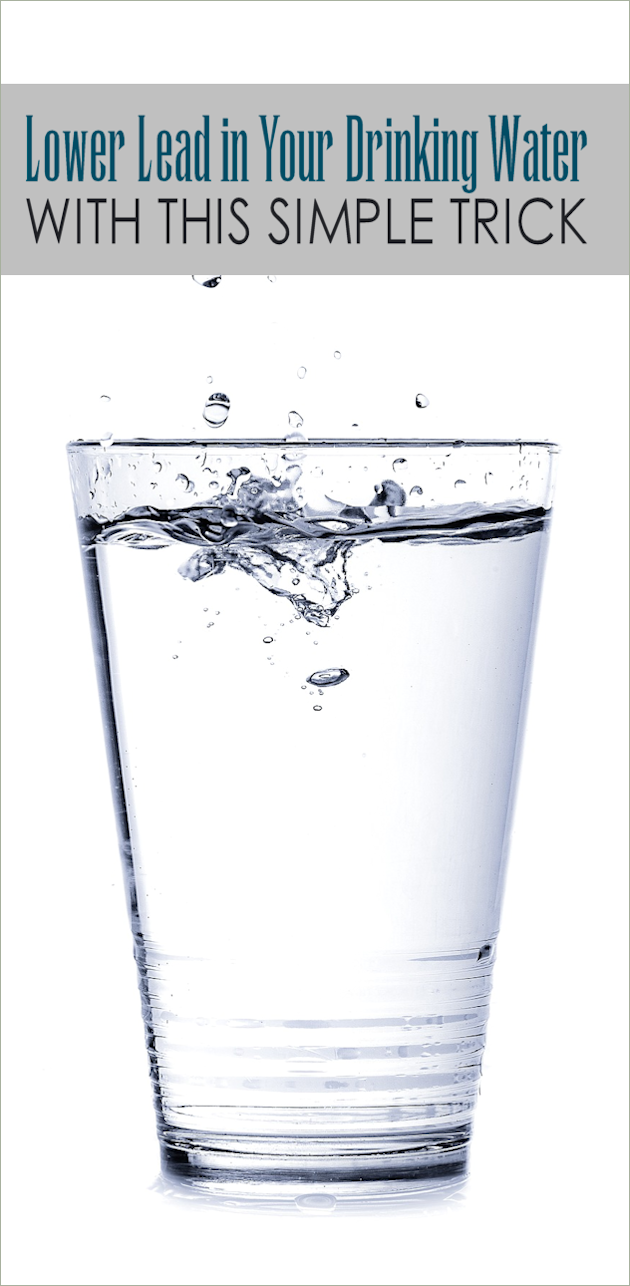
Having access to clean water is a modern-day commodity for many of us, but there are still potentially harmful elements that can make their way into drinking water. Most concerns revolve around taste, smell, pollutants, and heavy metals like lead. Many of these can be taken care of with water purifying techniques, and as complex as some water systems are, there are simpler solutions as well.
Activated carbon filters are some of the most popular types of purifying devices, as they come in many shapes, from pitchers to under sink water filters. The cleaning medium, activated carbon, is the one responsible for cleaning the water, and that very medium can be used independently of a filter if one wishes. A simple way of cleaning water can only involve a piece of activated carbon in a water jug.

What is Activated Carbon?
Activated carbon is essentially a piece of charcoal that has been treated to become ‘activated’. The charcoal obtained is one with a very large porous surface, which is the basis of its filtering ability. The porosity of activated carbon means it has many cracks and openings through which water can seep and have harmful elements absorbed.
Activated carbon comes in two basic forms: granulated, and solid block or stick. Activated carbon granules are typically found in water filters, but the solid block variety can be used without a filter. Carbon granules are at a disadvantage because they need a casing to hold them as water passes through. Activated carbon must be made from natural and organic primary materials, such as wood, coconut shells, or bamboo.

How to Use Activated Carbon to Filter Water?
Usually, sticks or flat chunks of activated carbon can be bought and simply placed into a jug of water to begin purifying it. The water and activated carbon need to be left like this for a while. Usually the more time they stay in contact the better the results will be. It’s recommended to leave them somewhere up to 8 hours or overnight. Optionally, putting the jug with activated carbon in the fridge will offer a refreshing cool drink in the morning.
Activated carbon sticks or chucks can last a long time, somewhere close to 6 months, depending on how much water gets used with the medium. After 3 months of use, the activated carbon can be recharged to be able to keep using it. To do this, washing the carbon sticks under running water is the first step. Then boiling for 10 minutes will sterilize them and after they cool and dry off, they are now ready to use again for another 3 months.
How Effective is an Activated Carbon Stick at Cleaning Water?
Activated charcoal is a great medium for improving water quality in general, producing tastier water with added health benefits. It can remove chlorine, microplastics, volatile organic compounds, and even traces of lead. It’s not a catch all for every water related issue, but it’s quite a powerful little tool that can help with many problems nonetheless. It’s a particularly ideal medium as it does not take out all the natural beneficial minerals from drinking water.
Additional Benefits
Using activated carbon to clean water is a safe, natural way. Not only can it reduce the amount of lead but it’s also a portable filter medium that can be taken and used anywhere, like a convenient and pocket sized water cleaning tool.
Once an activated carbon stick is no longer of use in cleaning water, it can be reused elsewhere. Placing them in cupboards or wardrobes activated carbon sticks are able to reduce moisture thus preventing mold. In the fridge, it can reduce odors and keep it smelling fresh. Crushed activated carbon can be placed in the soil of houseplants to clean away impurities, prevent molds and odors, and repel insects. Its eco-friendly nature makes it highly useful both for cleaning water and around the home once its original use has waned.
Conclusion
Diminishing lead from drinking water with a simple trick like placing an activated carbon stick in said water sounds like an easy way to tackle a difficult problem. The versatility of a filtering medium like this makes it so that it’s very accessible and convenient. It also helps that it’s so effective and natural while entirely portable if there is a need for it. The ability to reuse it for other purposes makes activated carbon an ideal tool for purifying water and keeping the environment free of unwanted pollutants.




